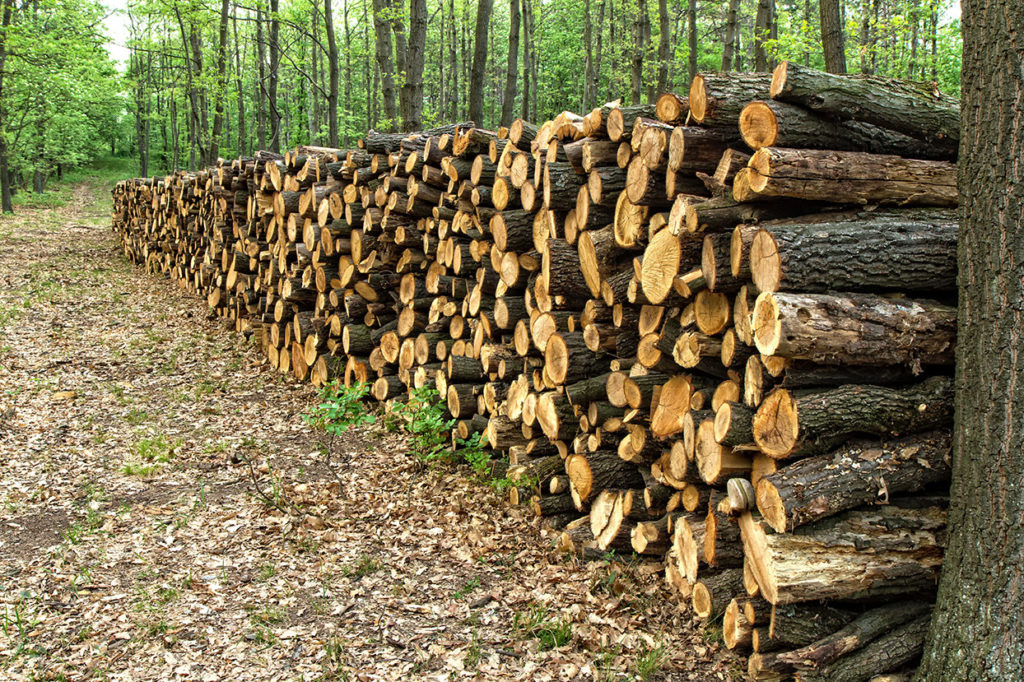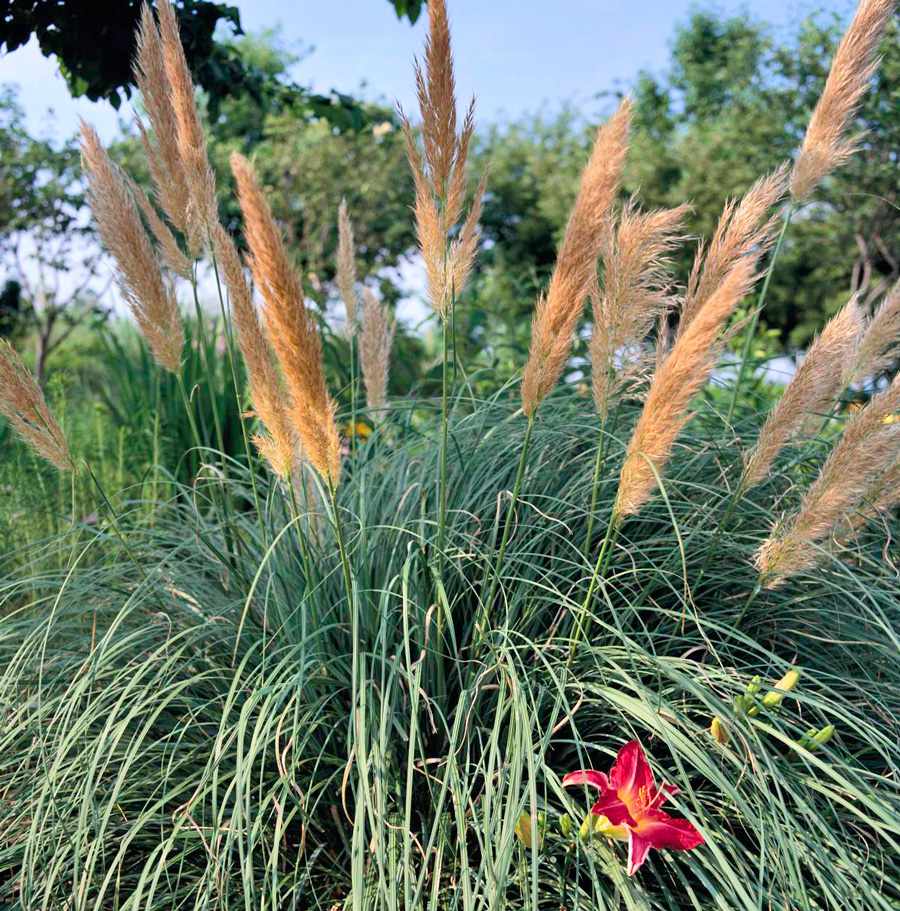Building materials includes a variety of natural or processed minerals and mixtures utilized in construction, including concrete, sand, granite, gravel, steel, sandcrete blocks, burnt bricks, cement blocks, roofing materials, and others. Resources, pollution, and performance are the overarching criteria for assessing building materials, with resources encompassing all raw energies and materials used from extraction to disposal.
Pollution refers to hazardous emissions resulting from material production, cleaning and maintenance products, off-gassing during material lifespan, and eventual disposal through burning or landfilling. The construction industry ranks as the second-largest sector in terms of green material consumption, with performance being the measure of how effectively a material fulfills its intended purpose.
Green and conventional materials exhibit different characteristics, with green materials often being more complex and possessing unique positive attributes that enhance building functionality if utilized correctly. Compared to traditional materials and methods, green materials can contribute to energy efficiency in buildings. However, it’s noted that not all types of green materials are suitable for every situation.
Green material is argued to be one that minimizes environmental impact throughout its entire lifecycle. Despite this, there remains confusion regarding the definition of green materials. Generally, a material is considered green if it is environmentally friendly, renewable, biodegradable, and recyclable. These materials can be categorized as nano-materials (e.g., nano-carbon tubing), biomaterials (biotic materials like polyurethane, carbon, straw), smart materials (e.g., carbon-fiber), and composites (e.g., metal, concrete).
It is recommended to apply the three R’s (re-use, recycle, reduce) when selecting building materials, emphasizing their sustainability and environmental impact. Materials commonly regarded as “green” include those that are easily renewable, such as bamboo and straw, as well as processed wood from sustainably managed forests, ecology blocks, dimension stone, recycled stone, recycled metal, and other non-toxic, renewable, recyclable, or reusable products.
New materials and technologies must prioritize flexibility, lightweight, strength, ease of use, durability, energy efficiency, and reduced environmental strain compared to existing options. The utilization of recycled industrial goods, such as foundry sand, coal combustion products, and demolition debris in construction, is encouraged by the Environmental Protection Agency.
Enhancing security and well-being isn’t just necessary for alleviating recipients’ concerns but also for ensuring the success and long-term sustainability of buildings. When planning or executing construction projects, there should be a strong emphasis on environmental protection, respecting the cyclical nature of matter and energy. This becomes imperative and feasible only if we fully adhere to environmental legislation aimed at preserving nature. The impact of construction on the environment is primarily manifested through high energy consumption and CO2 emissions, leading to global air pollution, water pollution, solid waste production, noise, and dust.
Traditional architecture drew heavily from the limitations of traditional materials and local environmental conditions. However, modern ecological architecture must respond to a more challenging contemporary context. To mitigate environmental impacts in the building sector, there is an increasing trend towards reusing building materials. Projects are typically evaluated based on financial outcomes, with little consideration given to their actual environmental impacts.
Significant environmental benefits can be derived from the use of clay blocks and roofing tiles instead of new materials, with recycling further reducing the overall environmental impact of a building. Green building utilizes traditionally available materials for energy efficiency, sustainability, and durability. For instance, lime plastering can lower indoor temperatures by 4ᵒC to 5ᵒC compared to concrete, while also sequestering carbon dioxide, thereby reducing its harmful environmental impact.
Green building materials aim to minimize climate impacts, resource depletion, greenhouse gas emissions, soil and ozone depletion, and health hazards, promoting a healthier and more sustainable future. Integrating these materials into construction projects can help mitigate the environmental impacts associated with the extraction, transportation, processing, production, installation, recycling, reuse, and disposal of construction materials.
Studies have shown that indigenous materials such as stone, grasses, mud, bamboo, and leaves were historically used in construction in Nigeria. However, the preference for imported materials, driven by disregard for Nigeria’s climatic sustainability and higher costs, has led to a decline in the use of these traditional materials. It is imperative to recognize the abundant availability of indigenous materials like laterite, clay, lime, wood, agro-industrial waste, and bitumen in Nigeria and prioritize their utilization for building construction, fostering sustainability and resilience within the construction sector.
Available Green Building Materials (GBM) within the Nigerian Construction Industry
1. Timber
Timber has consistently been abundant and easily accessible. Additionally, resources like bamboo and other forest materials such as ropes and forked wood for structures were plentiful, leading to reduced costs for forest-based building materials. Local processing and craftsmanship were common practices.

2. Stone
Stone is commonly utilized for various construction purposes including walls, floors, arches, and roofs. Quarried stones are known for their durability, strength, and thermal properties, making them highly recyclable. However, the use of stone in Nigerian Traditional Architecture was limited during the pre-colonial era due to the scarcity of tools for cutting and binding materials.

3. Clay and Mud
Clay and mud were the predominant walling materials in traditional architecture. Mud, being one of the oldest natural building materials, is composed of a mixture of earth, sand, and silt, occasionally containing coarser particles or organic matter. Clay bricks or mud plastering were the most common methods of utilizing clay in construction.

5. Grasses
Grasses, abundant in the North-central and core Northern regions, were extensively employed in Nigerian Traditional Architecture for construction purposes. The availability of grass varieties depended on factors such as climate, vegetation, and proximity to water sources. For instance, elephant grasslands were prevalent in the North-central region, while spear grasslands were common in the Northern region.

6. Wild Coconut Tree
This is found predominantly in Nigeria’s savannah region (Middle Belt), the fibrous wild coconut tree served as an excellent source of structural components for various construction elements such as roots, wall lintels, roofs, bridges, and toilet pit covers. Unlike wood, it exhibits resistance to termites and decay, particularly when not exposed to prolonged moisture.

7. Bamboo
Bamboo, widely utilized in construction for structural elements including walls, roofs, floors, ceilings, and fences, was especially abundant in the southwestern part of Nigeria. Its superior tensile strength compared to steel, along with its cost-effectiveness, lightweight nature, heat resistance, and high carbon sequestration capabilities, made it a popular choice.

8. Leaves and Tree Bark
Certain deciduous trees with large leaves and bark found in the rainforest were utilized as roofing materials in traditional Nigerian architecture. Additionally, some leaves were used for wall finishes, such as Indigo leaves.

Advantages of Green Building Materials
Availability
Green Building Materials (GBM) are abundant in nature, consisting of materials such as earth, stone, thatch, and coconut fiber. Earth construction technology utilizes resources like laterite and loamy soil, which are widely available across the continent. Our ancestors have utilized earth to construct buildings, some reaching up to two stories high, without the addition of any other supporting materials, and many of these structures still stand today.
Affordability
The primary reason for the high cost of imported construction materials in Africa stems from the elevated expenses associated with importation and overall inflation. Due to the high costs of these imported materials, individuals with low incomes find it challenging to either construct their own homes or rent decent housing. The availability of these Green Building Materials (GBM) makes housing more affordable and provides low-income earners with the opportunity to construct their own homes.
Energy Efficiency
Utilizing natural building material ensures a reduction in operational energy during construction. Research has revealed that building sectors consume over one-third of the world’s energy and contribute to global warming. Earth-based Green Building Materials emit fewer greenhouse gases, consume less energy, and maintain a high level of internal thermal comfort regardless of external solar radiation.
Ozone Friendly
The built environment ultimately contributes to global warming due to its high levels of greenhouse gas emissions from energy use (for cooling, heating, and lighting) and construction activities. Green Building Materials (GBM) present an opportunity for a significant reduction in the overall fossil fuel emissions from buildings, aiming for near-zero emissions. GBM are eco-friendly, responsive to environmental needs, and serve as natural defense measures to mitigate and minimize environmental impact. The thermal insulation and energy-saving properties of GBM contribute to reducing negative environmental effects. Additionally, the availability of these materials helps save costs and reduces pollution from fuel-burning transportation.
Reusability
Reusability is an aspect of a material’s durability and lifespan. Highly durable materials may still have many years of useful service remaining even after the structure they are installed in is decommissioned, and they can be easily dismantled and reused in a different location. Components such as windows, doors, and even bricks can be readily recycled. Timber reclaimed from old exterior buildings has become increasingly popular as a recycled material for new construction projects.
Biodegradability
The biodegradability of a material refers to its ability to naturally decompose when discarded. Organic materials can decompose quickly and return to the earth, whereas others, like steel, take much longer. An important consideration is whether the material in question will release hazardous substances as it decomposes, either on its own or in combination with other substances. Green Building Materials (GBM) exhibit this characteristic, and some examples of these materials include earth, thatch, bamboo, and wood.
Challenges of Green Building Materials
Acceptance
The future viability of any architectural design hinges on its acceptability among the intended users. Concerns that structures made of Green Building Materials (GBM) are not acceptable pose a significant obstacle to the development of authentic African architecture that truly resonates with its people. This issue of acceptability has led to the erosion of traditional values and their replacement with foreign ones.
Durability/Low Strength
An observed issue in houses built with Green Building Materials (GBM) is their insufficient strength, suggesting that the locally available materials may not meet the standard strength levels compared to conventional materials like concrete and steel. The strength of a house is crucial as it directly impacts its durability and safety. This observation is consistent with the perspective that using earth alone as a construction material has a drawback in terms of durability, which is closely associated with its compressive strength. It has been noted that most soil, in its natural state, lacks the necessary strength, stability, and durability required for construction purposes. This indicates that the local materials used for building houses may not possess the desired strength, and enhancing their strength properties would be advantageous for users.
Height Limitation
The nature and strength of GBM make it impractical for constructing tall buildings, favoring low-rise structures that lead to excessive land use. Large tracts of land in Africa are occupied by low-rise structures, necessitating the development of new infrastructure such as roads, drainage systems, utility poles, which contribute to land degradation, environmental pollution, and climate change.
Deforestation
The sources of building materials in Africa contribute to the persistent problem of deforestation on the continent. When timber for construction is harvested, trees are often not replanted to replace the ones that were cut down. Even when replanted, the rate of replacement is much lower than the rate of consumption, exacerbating deforestation.
Civilization
Indigenous cultures have historically practiced sustainable resource use based on their practical experience and reliance on the Earth’s natural support systems. Traditional communities integrated structures into the natural environment, emphasizing the efficient use of readily available GBM for construction and maintenance. However, the importation and use of imported building materials have endangered the traditional and sustainable methods of building and construction in Africa, relegating indigenous architecture.
Maintenance Challenges
Frequent maintenance of houses constructed with GBM, especially earth, poses another challenge for African architecture. There is a high maintenance requirement for earthen plinths and walls, particularly during the wet season, due to the materials’ low strength. Regular upkeep is necessary to keep the buildings in good condition for use. If houses built with local materials are not regularly maintained, they will deteriorate within a few years after construction due to their vulnerability to weather conditions like rain and storms.
Drivers of Green Building Materials Uptake
In the realm of green building, various factors serve as drivers, motivating the adoption of sustainable construction practices. These drivers encompass a range of incentives, influences, and considerations that encourage individuals and organizations to embrace green building principles. While these drivers may vary depending on geographical location, industry standards, and stakeholder priorities, they collectively contribute to the growing momentum towards environmentally responsible construction methods.
One of the primary drivers of green building is the increasing awareness of environmental issues and the urgent need to mitigate the impact of construction activities on the planet. Concerns about climate change, resource depletion, and pollution have prompted stakeholders to seek more sustainable alternatives in the built environment. This heightened awareness is often accompanied by regulatory pressures and government initiatives aimed at promoting eco-friendly building practices.
Financial considerations also play a significant role in driving the adoption of green building practices. While the initial costs of green construction may sometimes be higher than conventional methods, the long-term savings associated with energy efficiency, water conservation, and operational maintenance often outweigh the initial investment. Additionally, incentives such as tax credits, grants, and rebates offered by governments and regulatory bodies further incentivize green building initiatives.
Market demand and consumer preferences are another crucial driver of green building. As sustainability becomes increasingly important to consumers, developers and builders are under pressure to meet these expectations by incorporating green features into their projects. Green building certifications and labels, such as LEED certification, can enhance the marketability of properties by signaling their environmental credentials to potential buyers and tenants.
Technological advancements and innovation also drive the adoption of green building practices by making sustainable solutions more accessible, affordable, and effective. Breakthroughs in building materials, energy-efficient technologies, and renewable energy systems continue to expand the possibilities for sustainable construction and improve the performance of green buildings.
Furthermore, the desire for healthier and more comfortable indoor environments has emerged as a key driver of green building. Green building practices prioritize indoor air quality, natural lighting, and thermal comfort, which contribute to occupant health, well-being, and productivity. This focus on human-centric design resonates with building occupants and stakeholders alike, driving demand for green building solutions.



